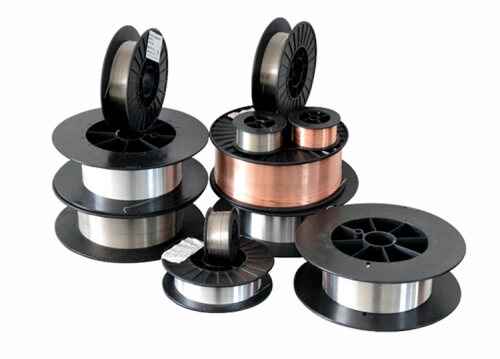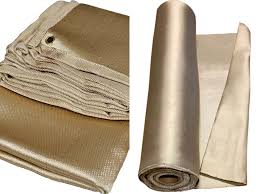Welding electrodes are consumable rods used in arc welding processes to create a weld joint between two pieces of metal. The electrode serves as both the filler material and the electrical conductor, facilitating the creation of a weld pool when heated by an electric arc. Welding electrodes are typically made from a core of metal or alloy, coated with a layer of flux that helps protect the molten weld pool from contaminants and atmospheric gases.
There are several types of welding electrodes, including those for Shielded Metal Arc Welding (SMAW), Tungsten Inert Gas (TIG) welding, and Metal Inert Gas (MIG) welding. Each type of electrode is designed for specific materials, positions, and welding conditions. The flux coating on the electrode plays an essential role in stabilizing the arc and ensuring a clean weld by preventing oxidation and contamination during the welding process.
Welding electrodes are available in various sizes and compositions to meet the needs of different welding applications, from structural welding to repair work and industrial fabrication. Proper selection of electrodes is crucial to achieving high-quality welds with optimal strength, appearance, and durability.







